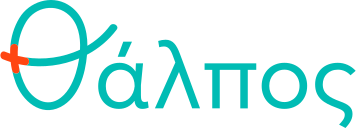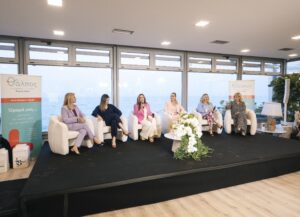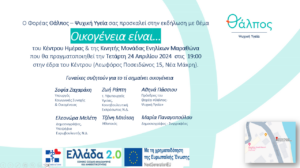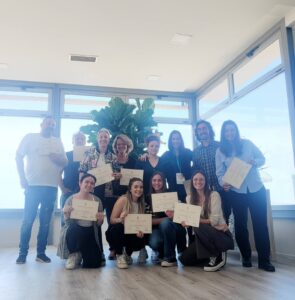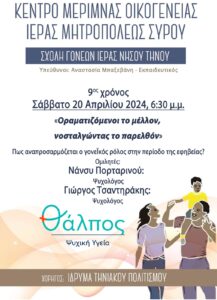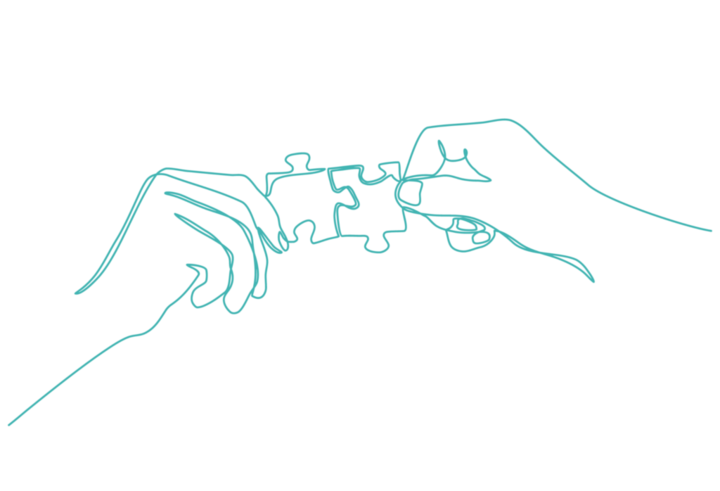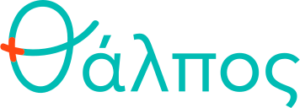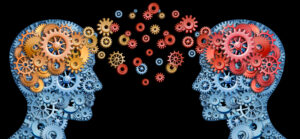
The Institution designed and implements the Programme ekfraZOUME - creative therapeutic intervention groups for children & adolescents, which is addressed to:
- Children and adolescents who are hospitalized or receive mental health services in the respective departments or mental health facilities of hospitals
- Mental health professionals from the respective Departments or Mental Health Facilities of hospitals
- Children and adolescents in the community through cooperation with municipalities
Target
Our aim is to help beneficiaries overcome trauma and develop resilience through non-verbal therapy, through the integration and participation in therapeutic groups through arts (ART GROUPS), which will offer participants the opportunity to learn, experiment, express and create.
ART GROUPS will be conducted on a weekly basis and will involve drama therapy, dance kinetics, visual arts, photography, black theatre, etc. depending on the needs of the beneficiaries.
Arts therapies is the term that refers to the psychotherapeutic use of creative media such as painting, movement, music, drama in order to promote the emotional, social, cognitive and physical integration and well-being of the individual. They are based on the idea that each person has the ability to project through artistic creation and the participation of their body the unconscious aspects of themselves. His inner conflicts, memories, thoughts and fantasies. Thus, the individual expresses his inner world in an indirect and non-invasive way and actively brings his mind, body and spirit into this process.
In Arts Therapies we do not aim to create a beautiful aesthetic result with objective criteria. Rather, the therapist is encouraged to explore their difficulties using creative media by bringing their personal aesthetic and giving their own personal meaning to what they have created with the therapist supporting this process.
This form of therapeutic intervention is suitable for children, as:
- By doing a creative activity with the therapist, this helps them to feel comfortable and 'open up' in a safe way.
- Art is particularly supportive for children who are unable to talk about their difficulties and fears.
- They learn to recognise, express and regulate their emotions using creative means.
- It enhances their cognitive development, their ability to concentrate and focus as the active participation of the body is a prerequisite in the learning process.
- Develop new adaptive, communication and social skills as well as a sense of personal identity.
- They discover their abilities, their limits, their autonomy and their relationship with those around them.
In particular, in the psychiatric population:
- By using non-verbal methods, the therapist can reach people who have lost the ability to speak coherently as well as people who "hide behind words".
- Participation in group therapy through the arts increases empathy and enhances the ability to trust others as it facilitates the relaxation of participants' resistance.
- Arts therapies enable the expression, understanding and management of aggression, anger and other emotions in a less destructive way.
- They can strengthen the sense of self that is often diminished in people with schizophrenia.
- They have a significant effect on reducing depressive symptoms.
- Play an important role in improving the self-esteem and social skills and relationships of people with psychiatric diagnoses.
- Broaden tolerance to unpleasant emotions.
- They enhance emotional expression in patients with personality disorder.
- Increase awareness and awareness of problematic patterns of thoughts, feelings and behaviours in people with personality disorder.
- Have a significant effect on reducing negative symptoms in schizophrenia.
